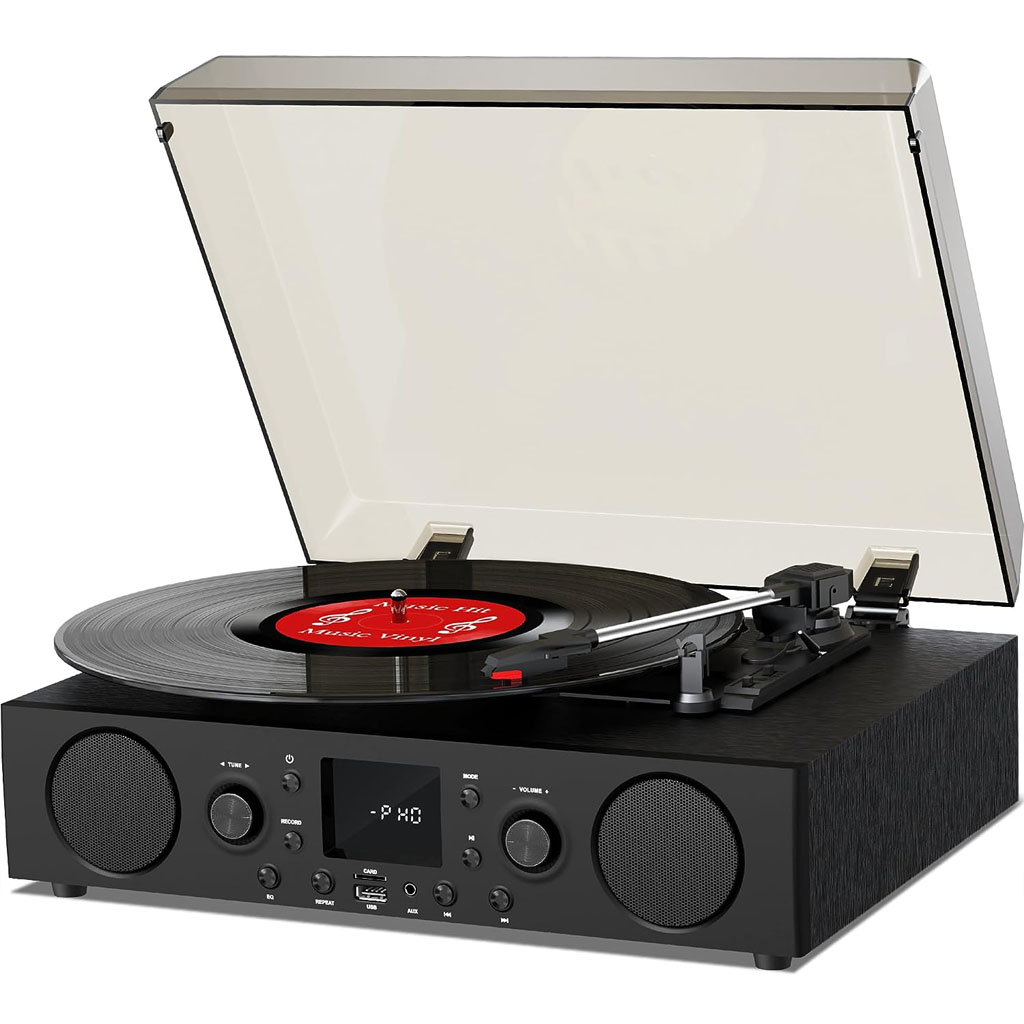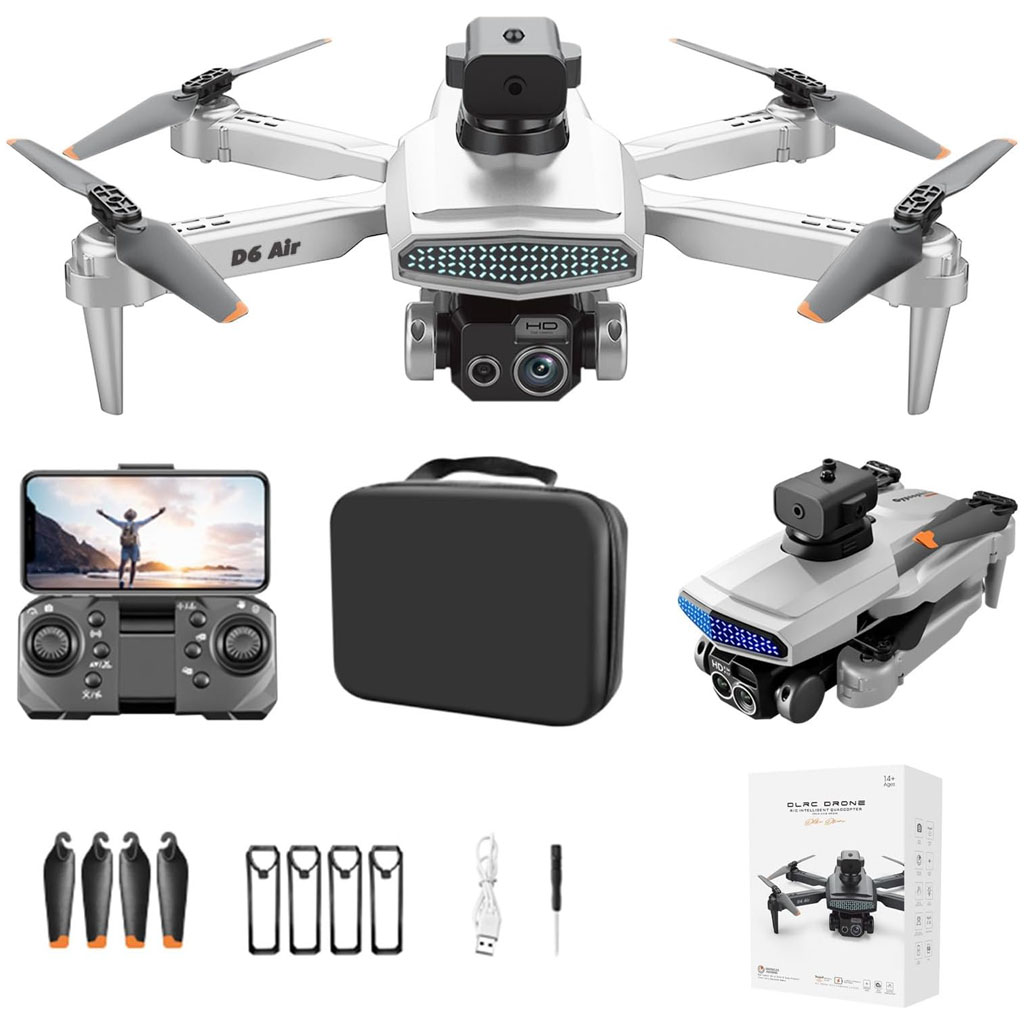
Last Updated | October 16, 2023
When initiating a B2B (Business-to-Business) operation, choosing the right e-commerce platform is pivotal. Shopware, widely celebrated for its versatility and robust features, is an exemplary choice for entrepreneurs eager to dive into the B2B sector with Shopware B2B. But how exactly can you kickstart your venture with it? Let’s unravel the steps together.
Step 1: Understand Your Business Needs
In the B2B space, understanding your unique business requirements is crucial. Consider aspects like product complexity, customer groupings, and pricing models. Shopware, with its customizable solutions, can cater to diverse B2B needs, offering tailor-made solutions.
Step 2: Choose the Right Shopware Edition
Shopware provides various editions – Community, Professional, and Enterprise. The Professional and Enterprise editions are particularly adept for B2B e-commerce due to their advanced features and extensive support. Evaluate each edition in light of your budget and requirements.
Step 3: Design a User-Friendly Storefront
The key to retaining clientele is an intuitive and user-friendly storefront. Use Shopware’s advanced design capabilities to create a visually appealing, easy-to-navigate store. Ensure your website reflects your brand ethos while keeping B2B client ease and accessibility in mind.
Step 4: Leverage B2B Suite
Shopware’s B2B Suite is a powerhouse of tools designed for wholesale traders and manufacturers. It simplifies complex B2B processes, providing functionalities like rights and roles management, quick order, and contract management. Exploit these features to streamline your B2B operations.
Step 5: Implement B2B Pricing Models
Shopware allows you to implement various pricing models, facilitating price negotiations and bulk ordering with ease. Design distinct pricing strategies for different customer groups and provide them with custom quotes, striking a balance between competitiveness and profitability.
Step 6: Utilize Robust API Capabilities
Shopware’s robust API (Application Programming Interface) allows seamless integration with various third-party applications and ERPs, enhancing the functionality of your online store. Ensure your B2B operations are automated and synchronized by integrating essential tools.
Step 7: Focus on Marketing and SEO
A well-structured SEO and marketing strategy is indispensable for driving traffic and converting leads. Utilize Shopware’s SEO tools and integrate marketing strategies, like content marketing and email campaigns, to foster brand visibility and customer engagement.
Step 8: Ensure Mobile Responsiveness
In an era of mobile commerce, ensure your Shopware store is mobile-friendly. A responsive design not only enhances user experience but also boosts your SEO rankings, connecting with clients wherever they are.
Step 9: Establish a Strong Support System
After-sales support is vital in B2B e-commerce. Implement efficient customer service and create detailed FAQs and guides, utilizing Shopware’s service functionalities to assist clients in their post-purchase journey.
Step 10: Analyze and Optimize
Use Shopware’s analytic tools to track your store’s performance. Gather insights, analyze data, and perpetually optimize your strategies for continuous growth and customer satisfaction.
Conclusion
Embarking on a B2B e-commerce journey with Shopware can unlock myriad possibilities. By strategically employing its features and following a methodical approach, your B2B business is not only poised to launch but also to soar, encapsulating the multifaceted demands of the B2B landscape. With Shopware as your ally, navigate through the e-commerce ocean, and anchor your business firmly in the bustling market.
Source: https://ecommerce.folio3.com/blog/shopware-b2b/






